Question Your To-Do List and Be Well: Coaching The Urgent/Important Matrix

Despite our best efforts to avoid “holiday stress” it always seems to arrive as reliably as Santa himself. The “to do list” seems impossible and we pay the price physically and emotionally when the stress is too much.
The way to tackle a “to-do list” is not to whittle away at it, it’s more like running it through a filter or processor and determining priorities and what really needs to be done and what just doesn’t. That filter is the Urgent/Important Matrix made famous by former president Eisenhower and Dr. Stephen Covey. When we squeeze everything on our to-do list through this matrix it comes out in one of four quadrants: 1)Urgent/Not Important; 2)Urgent and Important; 3)Not Urgent/Not important; and 4)Not Urgent/Important. Sounds easy enough but this simple matrix requires a lot of clarity about our values, priorities and beliefs.
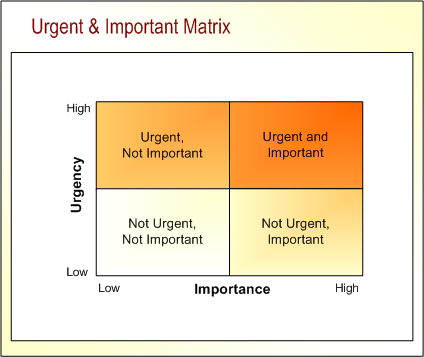 A simple tools that brings up larger questions!
A simple tools that brings up larger questions!
Today’s information driven world can push us to believe that everything on our list is Urgent and Important. This can drive you to the edge of your “stress cliff”, feeling overwhelmed and out of control. There truly is more on your to-do list than one can possibly do.
Try running your to-do list through this filter and you suddenly realize that you are requiring yourself to get very clear about your values and priorities. You realize that some of what you thought was urgent actually isn’t, and that “importance” requires some serious self-reflection.
Coaching Questions for The Matrix
Question your to-do list. Here are some great coaching questions to have your client ask themselves that can help them prioritize each item on their to-do list. The result will be less stress and more wellness.
Important: “Does completing this lead towards the achievement of my goals?” “How does this serve me, others and the world around me?” “Is this an expression of who I am?” “Am I being true to myself?” “Does this affect my family, employment or health?” “Does this add joy to my life?” We may choose at times to put our own needs aside, but we must do so consciously not habitually.
Urgent: “Will failing to complete this task in a timely manner result in: anyone getting hurt; a loss of business/profit; a performance penalty?” “Is the urgency more about my own anxiety than reality?” “Is my anxiety exacerbated by poor wellness practices, e.g. not enough sleep, to much caffeine?” “Am I clear about what other people expect?” “Have I set myself up by “over promising” and thereby increasing my chances of “under-delivering” ?” “Am I personalizing something that is not personal?” “Am I trying to “please” others?” “Who is setting the dead line and can it wait?” ”Can someone else do the task?”
For more ideas on how to coach with this matrix take a good look at this MindTools article (http://www.mindtools.com/pages/article/newHTE_91.htm).
 What drives urgency?
What drives urgency?
As you coach your client through this process you may find that the coaching becomes about values clarification, operating on true priorities, even meaning and purpose in life! However, what you also may encounter is more in the realm of the Urgent dimension. An exploration of this area was initiated for me by a coaching colleague who asked what an example of Not Urgent and Not Important could be. The quick answer was items on your list that are the kind of time-wasting distractions that keep us from getting the more important items done. Are we crowding our to-do list with items that have very little to do with our real goals? Are we deceiving ourselves into believing it really is important to rearrange our sock drawer?
Then the question got me thinking: In today’s world with it’s heightened expectations in workplaces, families and in society, it is important to be more conscious about what you value and to become a savvy list manager. It’s more important than ever not let your “to do list” rule your life. Does everything really have to feel urgent?
We often refer to this as “a sense of urgency”. That very phrase attributes the urgency to inside of us. Sure, we have demands from others, but what’s new about that? Whether you were a 11th Century peasant or a 1950’s steel mill worker there have always been systems and bosses making demands that were excessive. Yet today’s technology pushes the illusion that we can perform beyond human capacity and emulate machine capacity. The external pressure is, in fact, greater, but it is the internal pressure that we can readily do something about. This is what Stephen Covey referred to as “responding” instead of “reacting” to external demands.
A coach’s job is to remind people that they do have choices. All of our technological devices have a built-in stress management device. It’s called the off-on switch. How “accessible” do we really need to be? How driven by fear is that need for accessibility? As a coach you can help your client distinguish what is a realistic fear or concern, and what is an irrational, unrealistic fear.
Coaches can also help people with their stress management by helping them live according to their own values, their own vision of living the good life. This is in contrast to living a life of continual striving to meet the expectations of others. How can we help our clients find within themselves the courage to set boundaries and take charge of their own lives? What ends up on the to-do list are items that enhance one’s life instead of just stressing it out.
Please add your comments about how this topic affects your own life and/or your coaching with others.
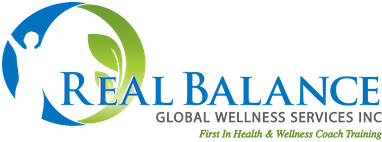

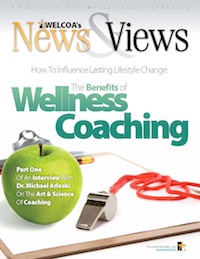
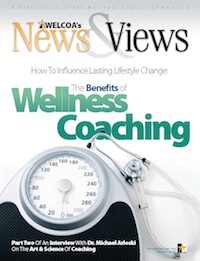


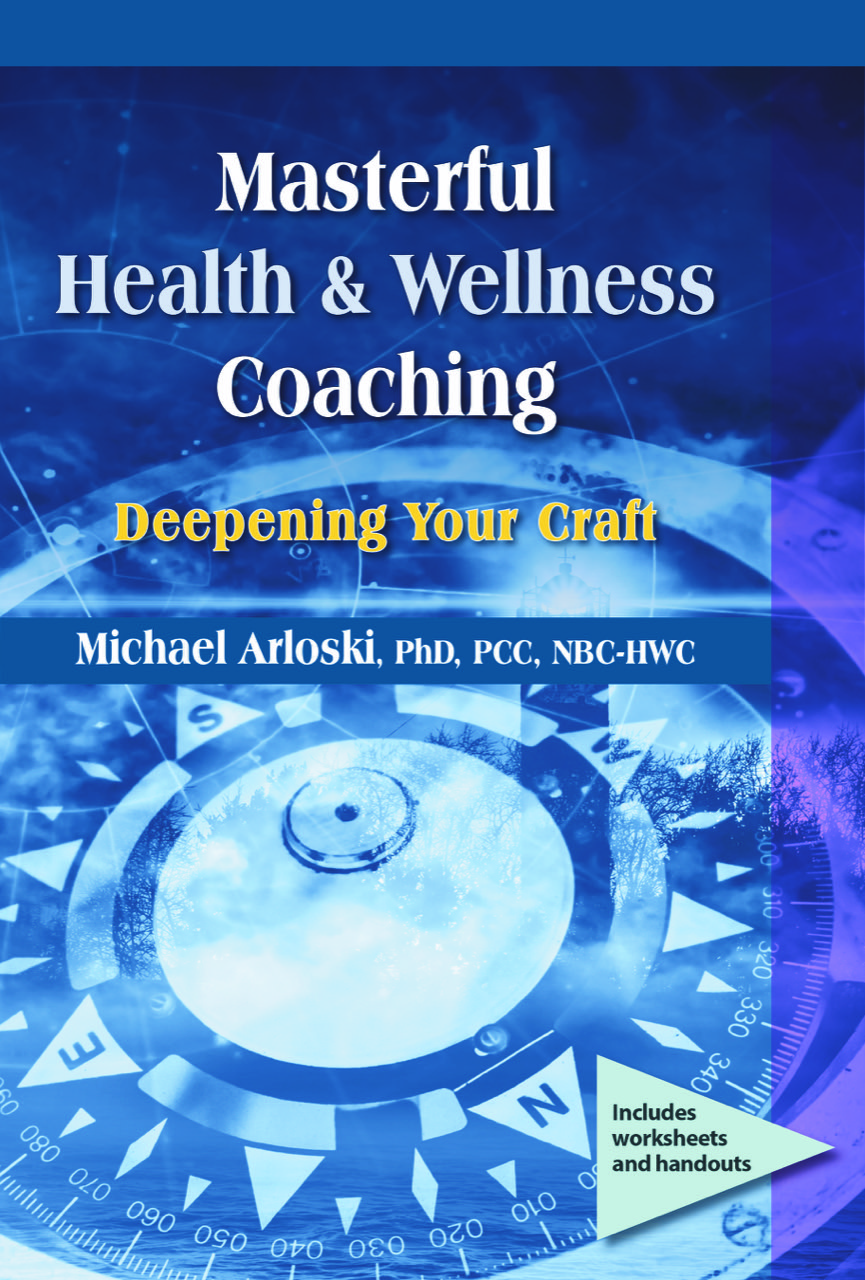

Only registered and logged in readers can leave comments.